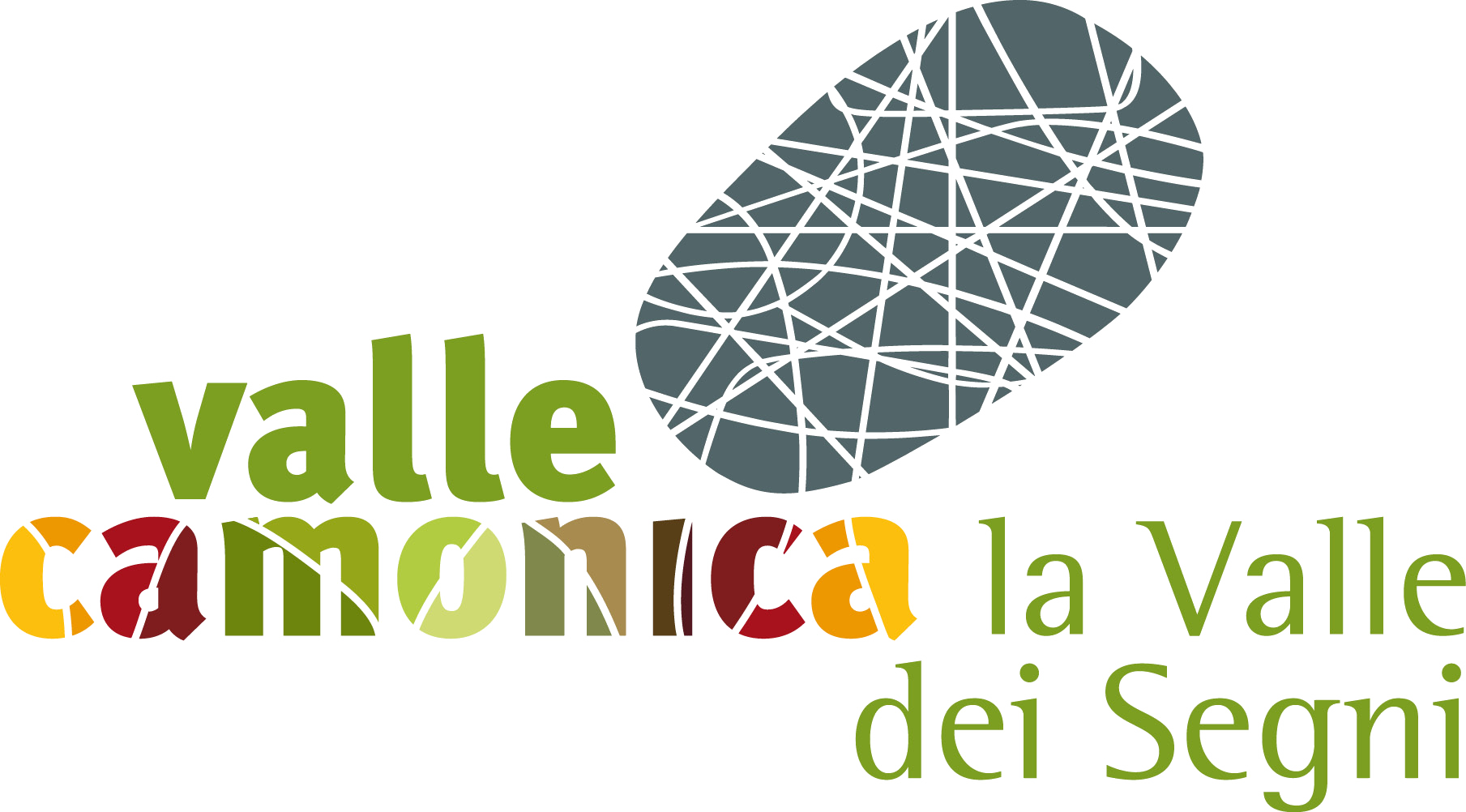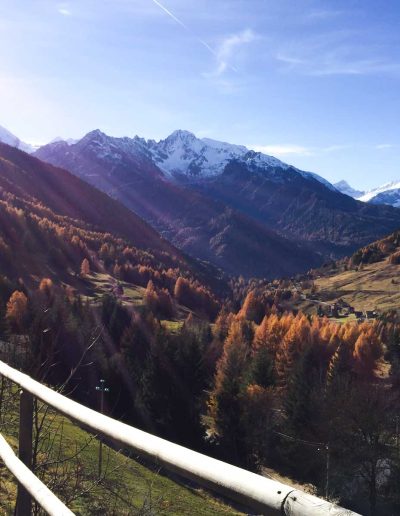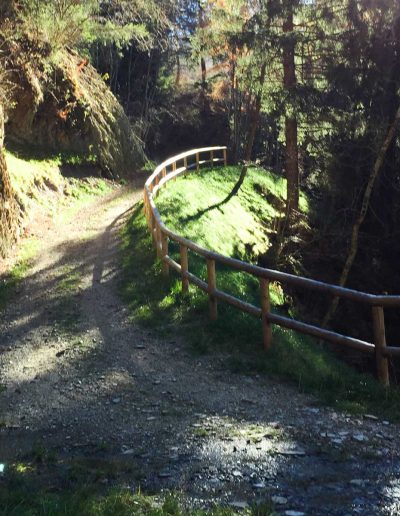Ciclovia Karolingia
The Karoligian cycle track

Ciclovia Karolingia
Percorrere una leggenda
Il passaggio di Carlo Magno nel cuore delle Alpi è una leggenda tramandata da alcuni manoscritti a partire dal XIV secolo, che ha ispirato un percorso tra boschi, prati, terrazzamenti e antichi nuclei rurali. Il tracciato, utilizzato fino a qualche decennio fa, è oggi di nuovo percorribile e tocca diversi paesi dell’alta valle a mezza costa, da Monno fino a Ponte di Legno. Il paesaggio racconta le gesta dell’imperatore accompagnato da sette vescovi e la sconfitta dei signori locali, convertiti alla fede cattolica: Re Carlo avrebbe celebrato le tappe del vittorioso incedere erigendo una serie di chiese, poi, attraversata la Valle Camonica,
l’esercito imperiale avrebbe sbaragliato un manipolo di ebrei e pagani in una sanguinosa battaglia sul Mortirolo. Lungo l’itinerario, percorribile tutto d’un fiato oppure a tappe, le chiese sembrano apparire magicamente dietro una curva, appena usciti da un bosco o all’interno di un nucleo urbano. “Karolingia” vuole essere un nome che produce suggestioni a tutto tondo, partendo dalla mitica K con cui l’imperatore vergava i documenti ufficiali. Al contempo, con un salto cronologico di secoli, si è voluto estendere il sentiero a due mitici passi alpini: il Gavia e il Mortirolo, leggendari per le gesta sportive degli atleti delle due ruote.
The Karolingian Cycle Track
Going through a legend
Charlemagne’s passage in the heart of the Alps is a legend handed down from some manuscripts starting from the 14th century, which inspired a path among woods, meadows, terraces and ancient country places. The route, used until a few decades ago, can still be travelled today and it touches several upper valley towns halfway up, from Monno to Ponte di Legno. The countryside tells the deeds of the emperor accompanied by seven bishops and the defeat of the local lords, converted to the Catholic faith: King Carlo would have celebrated the stages of his winning advance by erecting a number of churches, then, going through Valle Camonica, the imperial army would have routed a maniple of Jews and pagans in a bloody battle on Mortirolo Pass. Along the route, which can be run all in one breathless go or in stages, the churches seem to appear by magic behind a turn, just come out of the woods or from within an urban centre. “Karolingian” is meant to be a name that produces fully fledged grandeur, starting from the mythical K with which the emperor drew up the official documents. At the same time, with a chronological leap of centuries, the path has been extended to cover two mythical alpine passes: Gavia and Mortirolo, legendary for the sports deeds of the two-wheeled athletes.
Informazioni Information
Pro Loco Ponte di Legno | Pro Loco Temù | Pro Loco Vezza d’Oglio
www.prolocopontedilegno.it | info@prolocopontedilegno.it
www.prolocotemu.net | info@prolocotemu.net
www.vezzadoglioturismo.it | proloco@vezzadoglioturismo.it





